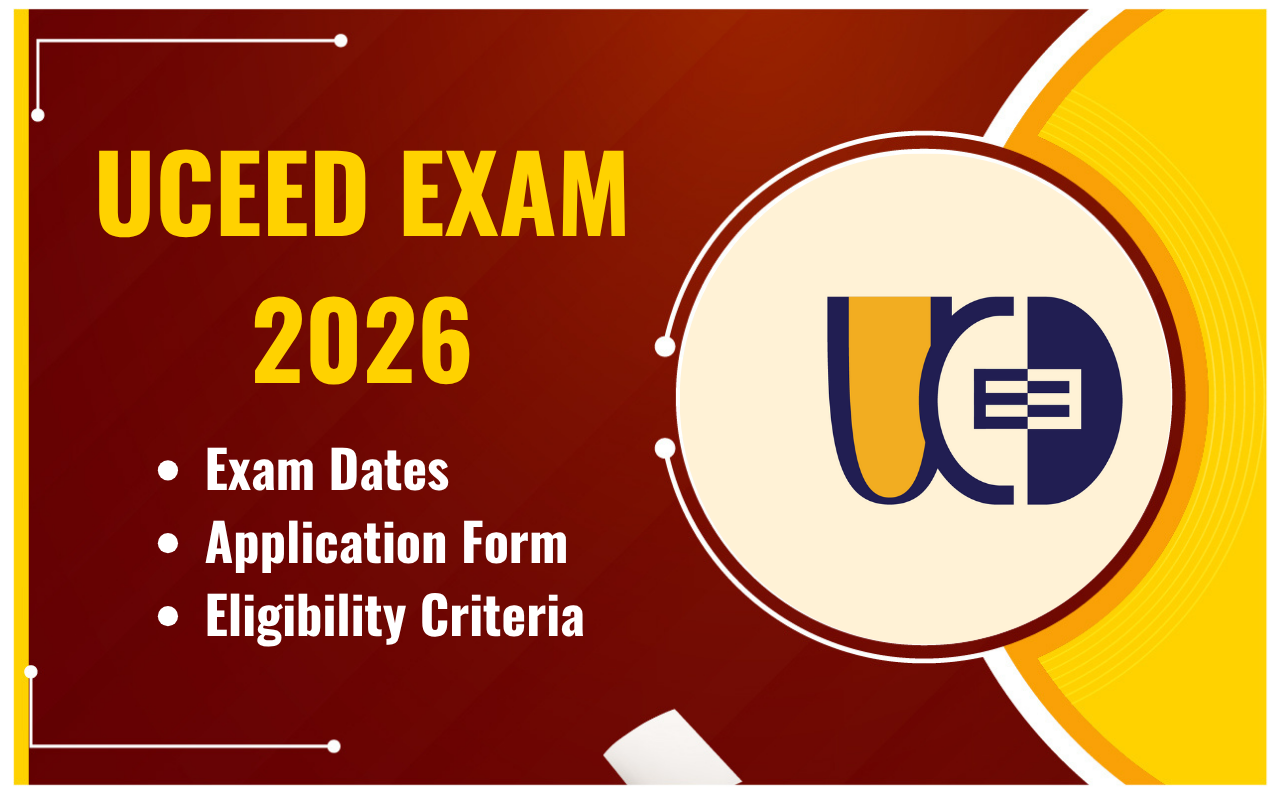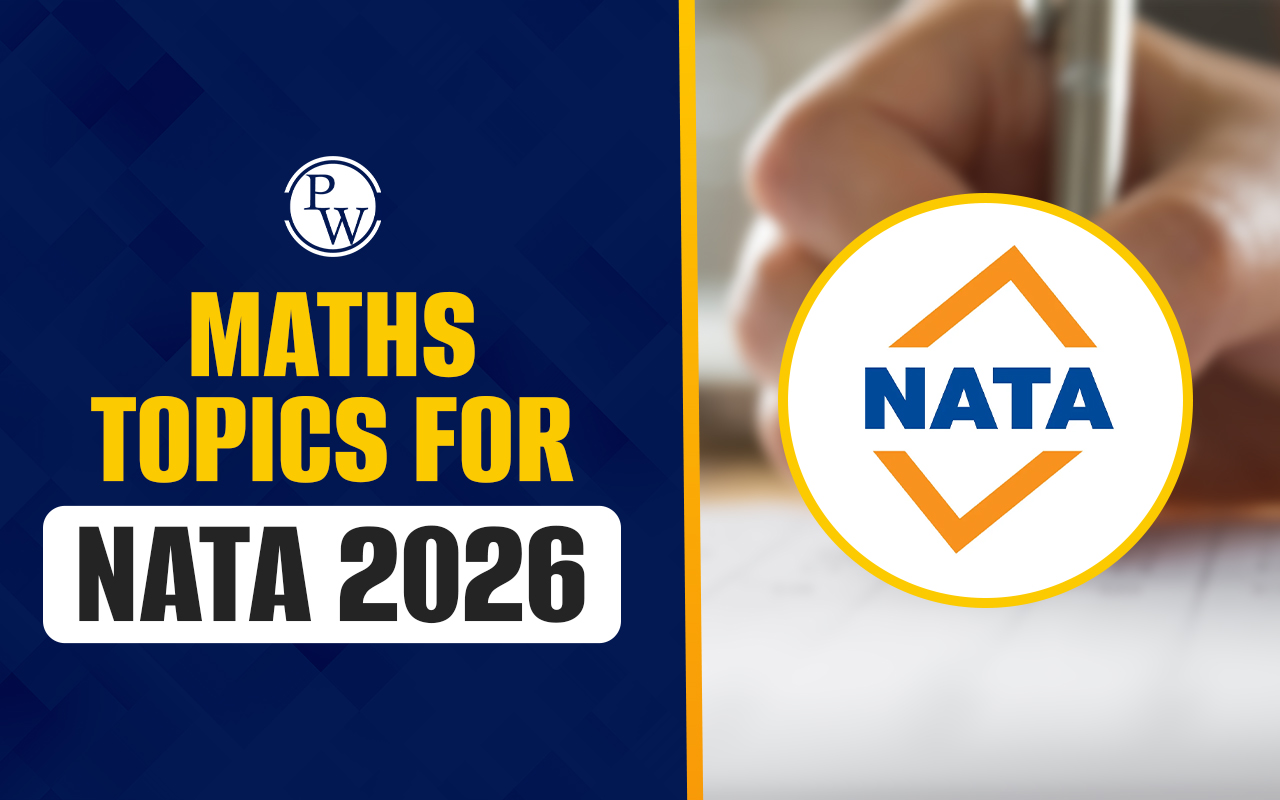

The National Aptitude Test in Architecture (NATA) is a nationwide examination conducted by the Council of Architecture for admission to the 5-year B. Arch Degree Course at all recognized universities across India.
For eligibility to take the NATA exam, candidates must have studied mathematics as a mandatory subject in their 10+2 curriculum. The assessment involves a significant focus on numerical reasoning, with straightforward problems utilized to evaluate the candidate's mathematical proficiency. NATA serves as the primary examination choice for numerous applicants seeking admission to prestigious B.Arch colleges in India.Exploring NATA's Significance
NATA, conducted by the Council of Architecture (COA), has been the primary examination choice for numerous candidates aspiring to pursue architecture. It evaluates candidates' aptitude in areas like drawing, aesthetics, mathematics, and logical reasoning, essential for success in the field.Eligibility and Admission Criteria
Candidates aspiring to take NATA must meet specific eligibility criteria, including a minimum aggregate score in their 10+2 examinations in mathematics, physics, and chemistry. While NATA remains a significant factor for admission to most architecture colleges, exceptions exist for prestigious institutes like the Indian Institutes of Technology (IITs) and National Institutes of Technology (NITs), which conduct their entrance exams or consider scores from exams like JEE Main Paper 2.Who Should Consider NATA?
By now, you understand that NATA is crucial for securing admission to top B.Arch programs across India. Opting for the NATA exam and performing well in it is the most effective strategy for gaining entry into renowned institutions such as BITS, SRM Institute, Lovely Professional University, etc. Proficiency in mathematics and drawing holds significant importance in the field of Architecture, and the NATA assessment places considerable emphasis on these areas, alongside others. Therefore, preparation for NATA should prioritize these aspects to ensure success.Is NATA necessary for Architecture 2025?
There are alternative pathways to pursue Architecture, such as the JEE Main Paper 2 examination. This presents a viable option beyond NATA, offering a competitive route where you'll compete with other engineering candidates. Opting for JEE Main Paper 2 is particularly advantageous if aiming for admission to prestigious IITs and NITs offering Architecture programs. It's important to note that while not all IITs offer Architecture, some are renowned for it. Additionally, apart from IITs and NITs, candidates can also consider enrolling in SPA (School of Planning and Architecture) institutions based on their JEE scores.Why is NATA better or more beneficial than other exams?
NATA serves as the predominant pathway for admission to Architecture programs across most Indian institutes, excluding IITs, NITs, and SPAs. Despite potentially lower scores, NATA widens college options. Alternatively, JEE Paper 2 offers another avenue. It involves clearing JEE mains Paper 2, advancing to take the Architecture Aptitude Test (AAT). Although JEE poses greater challenges than NATA, securing admission to an IIT for Architecture, while prestigious, is more competitive. While IITs ensure strong placements, entry into their Architecture programs is arduous. However, numerous non-IIT institutions offer commendable Architecture courses. With higher entry probabilities and a comparatively simpler exam, NATA emerges as the preferred route for Architecture aspirants.NATA Exam Highlights
The eligibility criteria for appearing in NATA are straightforward: you must attain a minimum of 50% aggregate in Mathematics, Physics, and Chemistry in your 10+2 examination, or achieve a 50% aggregate in your 10+3 Diploma.NATA 2025 Exam Pattern
| Aspect | Details |
|---|---|
| Exam Mode | Online |
| Language | English |
| Maximum Marks | 200 marks |
| Exam Duration | 3 hours |
| Total number of questions | 125 |
| Question Formats | Multiple Select Questions (MSQ), |
| Multiple-Choice Questions (MCQ), | |
| Preferential Choice Questions (PCQ), | |
| Numerical Answer Type (NAQ) | |
| Qualifying Marks | 75 out of 200 |
NATA 2025 Syllabus
Here's the official list of other significant topics outlined in the NATA syllabus. Let's explore the essential subjects covered by the NATA syllabus:- Mathematics
- Physics and geometric concepts
- Language and interpretation skills
- Elements and Principles of Design
- Aesthetic sensitivity
- Color theory
- Lateral thinking and logical reasoning
- Visual Perception and cognition
- Graphics and imagery
- Building Anatomy and architectural terminology
- Fundamental building construction and material knowledge
- General knowledge and current affairs
NATA Marking Scheme
The NATA scoring system is simple: each correct answer earns 1, 2, or 3 marks, depending on the question. No marks are deducted for incorrect answers, allowing you to attempt every question without fear of penalty. Even if uncertain, attempting questions is encouraged, as there is no risk of losing marks. Is NATA Essential for Architecture? When weighing other exams against NATA and its advantages, it becomes apparent that NATA provides a smoother path to pursuing an Architecture course. It offers numerous advantages over exams like JEE and is generally more accessible for admission.Is NATA necessary for Architecture 2025? FAQs
What is the duration of the NATA exam?
The NATA exam has a duration of 3 hours.
How many questions are there in the NATA exam?
The NATA exam consists of 125 questions in total.
Is there negative marking in the NATA exam?
No, there is no negative marking in the NATA exam.
What is the qualifying marks for the NATA exam?
The qualifying marks for the NATA exam is 75 out of 200.
What are the question formats in the NATA exam?
The question formats in the NATA exam include Multiple Select Questions (MSQ), Multiple-Choice Questions (MCQ), Preferential Choice Questions (PCQ), and Numerical Answer Type (NAQ).
Talk to a counsellorHave doubts? Our support team will be happy to assist you!

Check out these Related Articles
Free Learning Resources
PW Books
Notes (Class 10-12)
PW Study Materials
Notes (Class 6-9)
Ncert Solutions
Govt Exams
Class 6th to 12th Online Courses
Govt Job Exams Courses
UPSC Coaching
Defence Exam Coaching
Gate Exam Coaching
Other Exams
Know about Physics Wallah
Physics Wallah is an Indian edtech platform that provides accessible & comprehensive learning experiences to students from Class 6th to postgraduate level. We also provide extensive NCERT solutions, sample paper, NEET, JEE Mains, BITSAT previous year papers & more such resources to students. Physics Wallah also caters to over 3.5 million registered students and over 78 lakh+ Youtube subscribers with 4.8 rating on its app.
We Stand Out because
We provide students with intensive courses with India’s qualified & experienced faculties & mentors. PW strives to make the learning experience comprehensive and accessible for students of all sections of society. We believe in empowering every single student who couldn't dream of a good career in engineering and medical field earlier.
Our Key Focus Areas
Physics Wallah's main focus is to make the learning experience as economical as possible for all students. With our affordable courses like Lakshya, Udaan and Arjuna and many others, we have been able to provide a platform for lakhs of aspirants. From providing Chemistry, Maths, Physics formula to giving e-books of eminent authors like RD Sharma, RS Aggarwal and Lakhmir Singh, PW focuses on every single student's need for preparation.
What Makes Us Different
Physics Wallah strives to develop a comprehensive pedagogical structure for students, where they get a state-of-the-art learning experience with study material and resources. Apart from catering students preparing for JEE Mains and NEET, PW also provides study material for each state board like Uttar Pradesh, Bihar, and others
Copyright © 2025 Physicswallah Limited All rights reserved.
Get App











